The Power Of QR Codes In Google Slides: Enhancing Engagement And Accessibility
The Power of QR Codes in Google Slides: Enhancing Engagement and Accessibility
The Power of QR Codes in Google Slides: Enhancing Engagement and Accessibility
Introduction
In this auspicious occasion, we are delighted to delve into the intriguing topic related to The Power of QR Codes in Google Slides: Enhancing Engagement and Accessibility. Let’s weave interesting information and offer fresh perspectives to the readers.
Table of Content
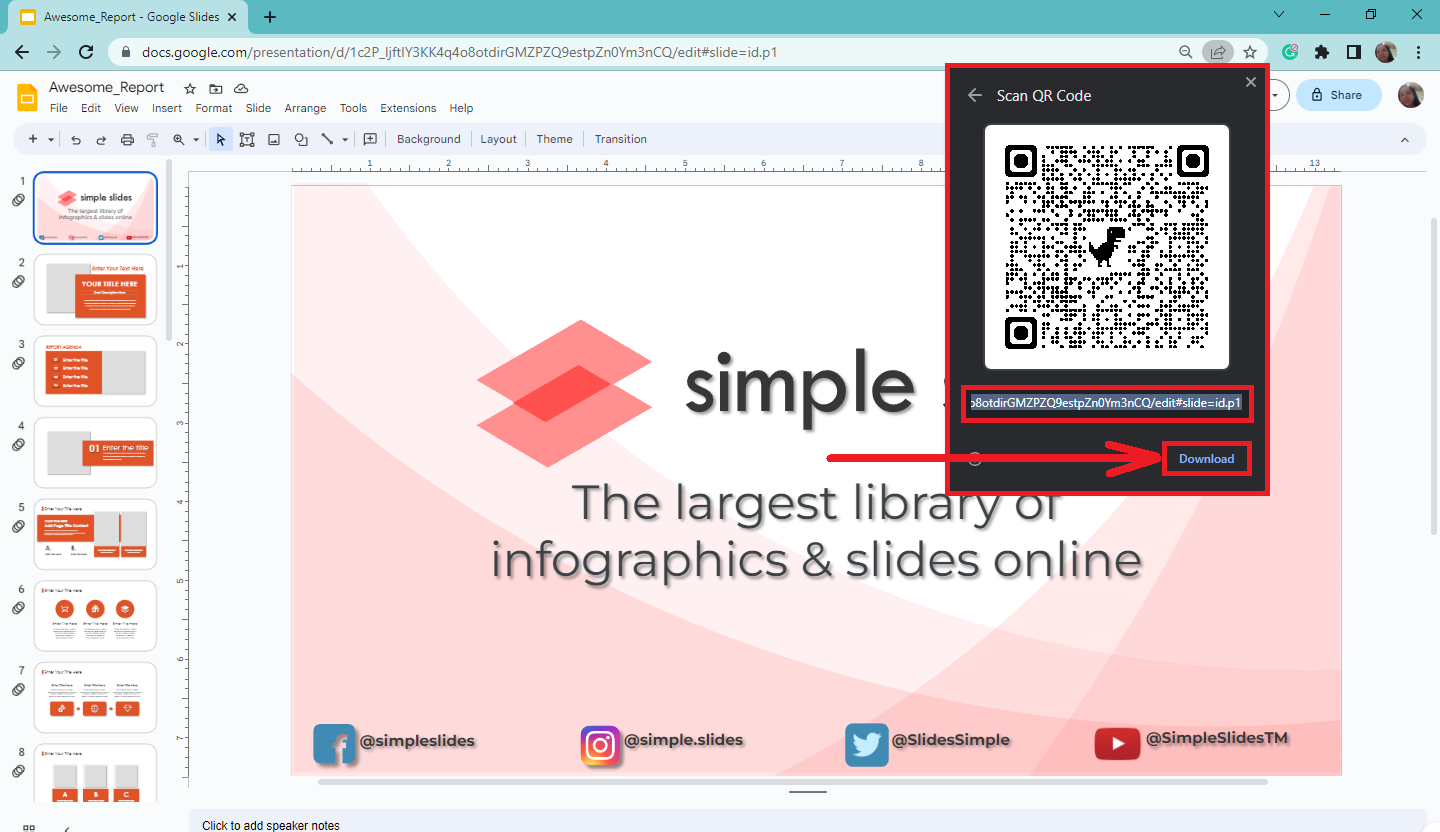
The Power of QR Codes in Google Slides: Enhancing Engagement and Accessibility
In the digital age, where information flows freely and attention spans are increasingly short, finding innovative ways to engage audiences is paramount. Google Slides, a widely used presentation platform, offers a powerful tool to enhance interactivity and accessibility: QR codes.
Understanding QR Codes
QR codes, short for Quick Response codes, are two-dimensional barcodes that can be scanned by smartphones and tablets using dedicated apps. They contain encoded information, which can range from simple URLs to complex data sets.
Integrating QR Codes into Google Slides
The integration of QR codes into Google Slides provides a seamless way to bridge the gap between the physical and digital realms. Here’s how it works:
-
Generating the QR Code:
- Numerous online QR code generators are available, allowing users to create codes for specific URLs, text, or other data.
- Popular options include QRStuff, QR Code Tiger, and GoQR.me.
-
Adding the QR Code to a Slide:
- After generating the code, users can download it as an image file.
- This image can then be inserted into a Google Slides presentation like any other image.
- Users can resize and position the code to their liking.
Benefits of Using QR Codes in Google Slides
The use of QR codes in Google Slides presents a myriad of benefits for presenters and audiences alike:
-
Enhanced Interactivity: QR codes can transform static presentations into dynamic experiences. By scanning the code, audiences can access additional information, videos, surveys, or interactive elements, enhancing engagement and understanding.
-
Accessibility and Inclusivity: QR codes can make presentations more accessible for individuals with disabilities. For example, a QR code can link to a transcript of a presentation, providing a text-based alternative for individuals with hearing impairments.
-
Streamlined Information Sharing: QR codes simplify the sharing of extensive information. Instead of cluttering slides with lengthy text, presenters can embed a QR code that directs audiences to a website, document, or other resource.
-
Real-time Feedback and Engagement: QR codes can be used to collect audience feedback, conduct polls, or facilitate real-time interaction during presentations. This allows presenters to gauge audience understanding and tailor their content accordingly.
-
Marketing and Promotion: QR codes can be used to promote products, services, or events. By scanning the code, audiences can access promotional materials, discounts, or exclusive content.
Examples of QR Code Applications in Google Slides
The versatility of QR codes makes them applicable in various contexts:
-
Educational Presentations: QR codes can link to supplemental materials, online quizzes, or interactive simulations, enriching the learning experience.
-
Business Presentations: QR codes can provide access to company websites, product brochures, or customer testimonials, enhancing brand awareness and engagement.
-
Marketing Campaigns: QR codes can be used to direct audiences to landing pages, promotional videos, or social media profiles, driving conversions and expanding reach.
-
Event Management: QR codes can facilitate registration, provide event schedules, or link to digital maps, enhancing attendee experience and efficiency.
-
Non-Profit Organizations: QR codes can be used to promote fundraising initiatives, share donation information, or provide access to volunteer opportunities, increasing engagement and impact.
FAQs about QR Codes in Google Slides
Q: What are the best QR code generators for Google Slides?
A: There are numerous QR code generators available, each with its own features and benefits. Popular options include QRStuff, QR Code Tiger, and GoQR.me. Consider factors like ease of use, customization options, and pricing when choosing a generator.
Q: How can I make my QR codes more visually appealing in Google Slides?
A: QR code generators often allow customization options like color, shape, and background. You can also add a logo or text to your QR code to enhance its visual appeal. Consider using a color scheme that complements your presentation theme.
Q: Can I track the number of scans for my QR codes?
A: Many QR code generators offer tracking features that provide insights into the number of scans, scan location, and other analytics. This data can be valuable for evaluating the effectiveness of your QR code strategy.
Q: Are there any limitations to using QR codes in Google Slides?
A: While QR codes offer significant benefits, it’s important to be aware of potential limitations. Some audiences may not have smartphones or may not be familiar with using QR code scanners. It’s crucial to provide clear instructions and ensure accessibility for all attendees.
Tips for Using QR Codes Effectively in Google Slides
-
Keep It Simple: Use QR codes for specific purposes, such as linking to a website, a document, or a video. Avoid overwhelming your audience with too many codes.
-
Clear Instructions: Provide clear and concise instructions on how to scan the QR code. Consider using a visual cue or a simple text description.
-
Strategic Placement: Place the QR code in a prominent location on the slide, ensuring it’s easily visible to the audience.
-
Test Thoroughly: Before presenting, test your QR codes to ensure they function correctly and direct to the intended destination.
-
Consider Accessibility: Provide alternative access methods, such as a URL or a printed document, for those who cannot use QR codes.
Conclusion
QR codes offer a powerful way to enhance engagement, accessibility, and interactivity in Google Slides presentations. By integrating these codes into your presentations, you can create a more dynamic and engaging experience for your audience, fostering deeper understanding and lasting impact. As technology continues to evolve, the use of QR codes is expected to become even more prevalent, further solidifying their role in the future of presentations.

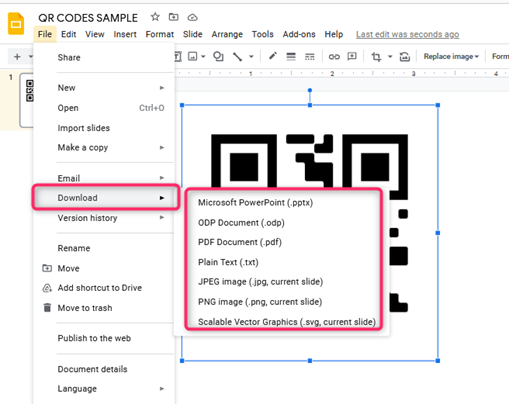
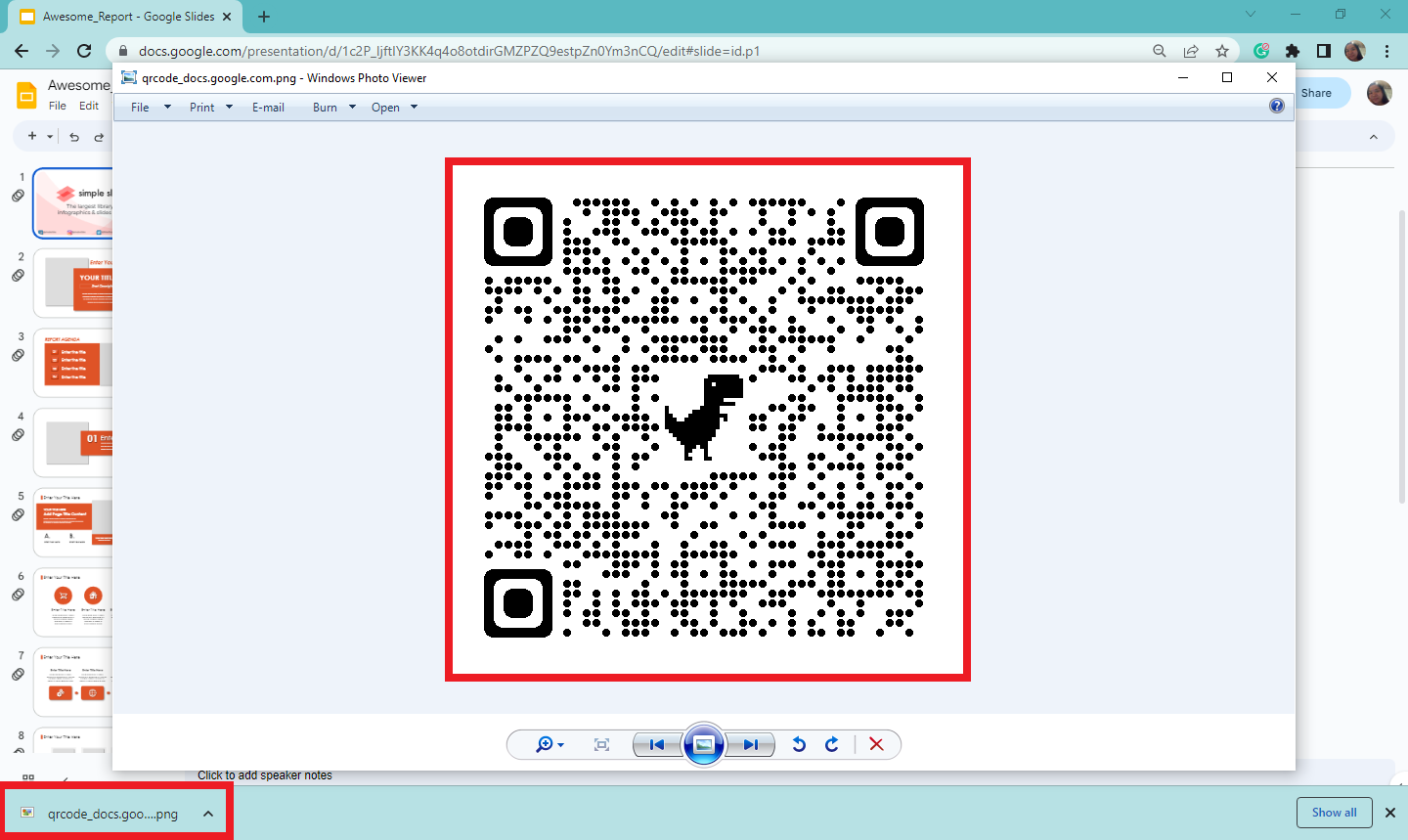
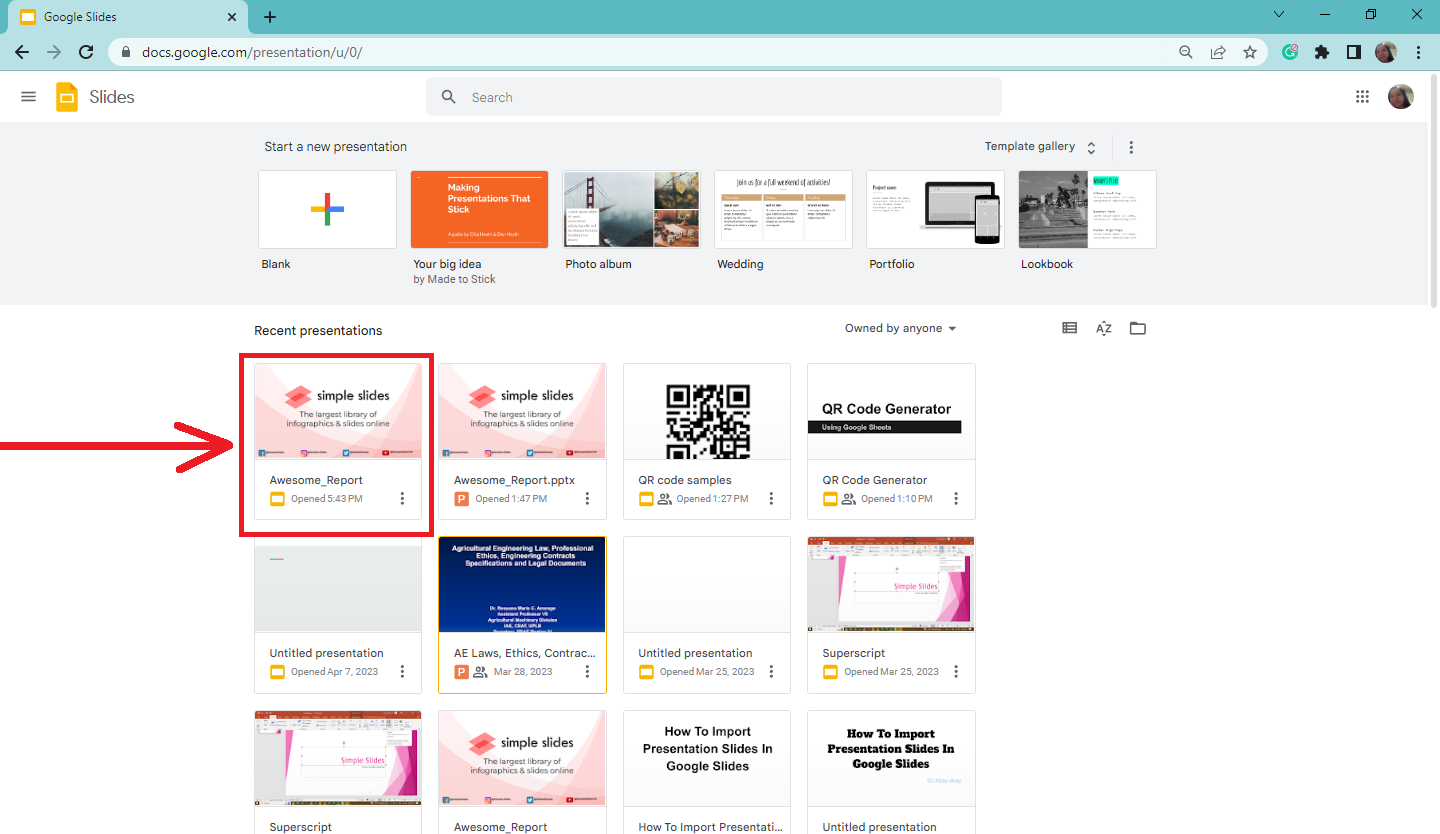

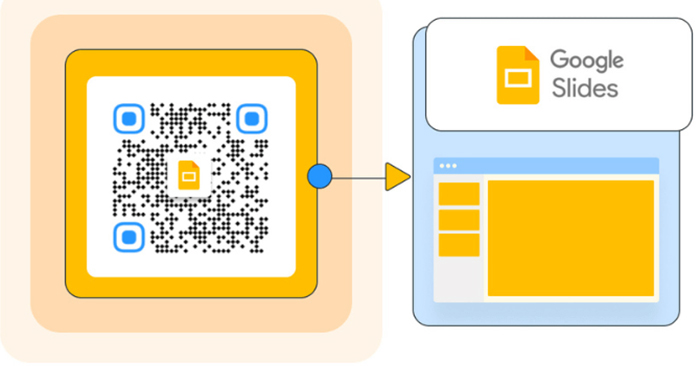
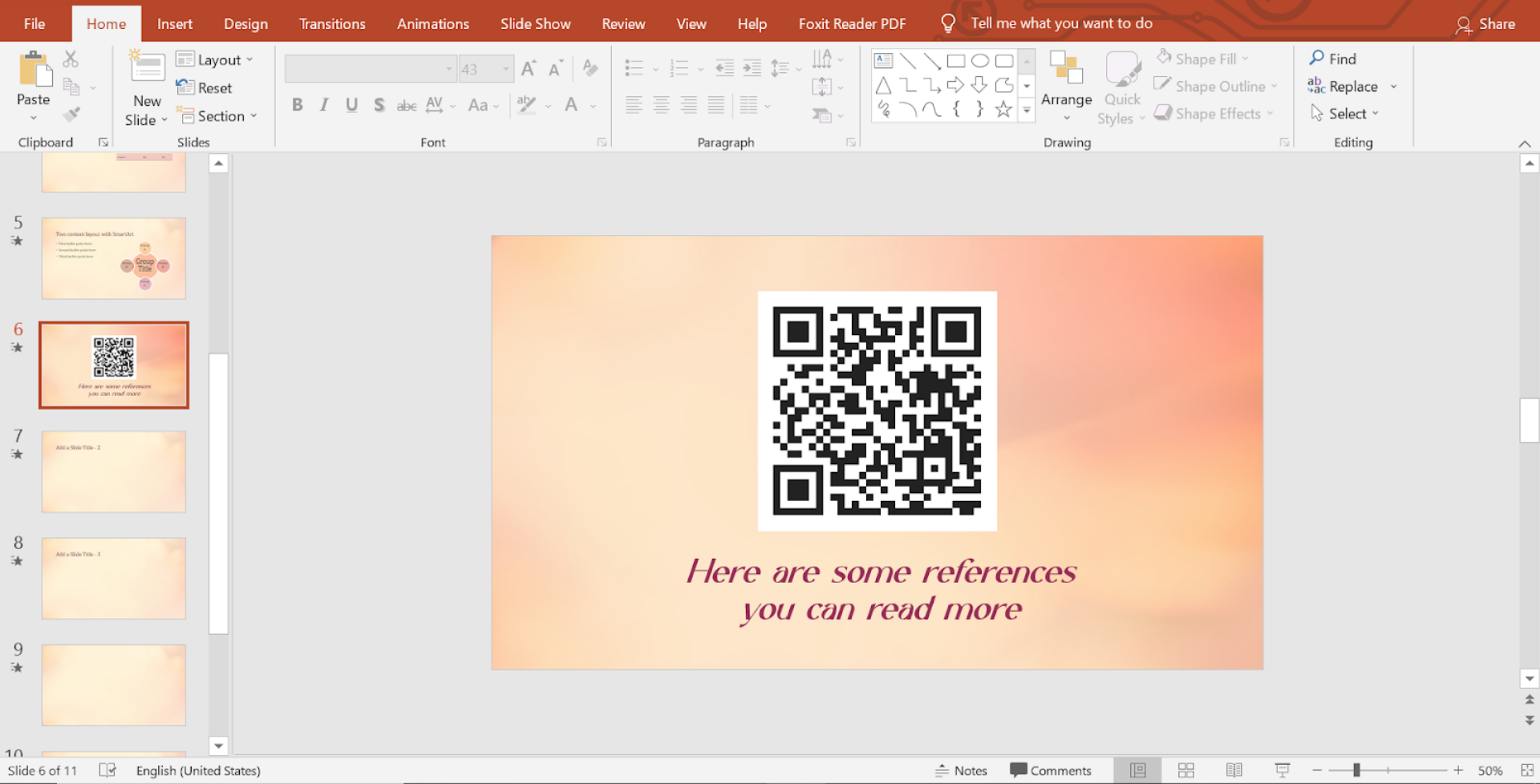
Closure
Thus, we hope this article has provided valuable insights into The Power of QR Codes in Google Slides: Enhancing Engagement and Accessibility. We thank you for taking the time to read this article. See you in our next article!